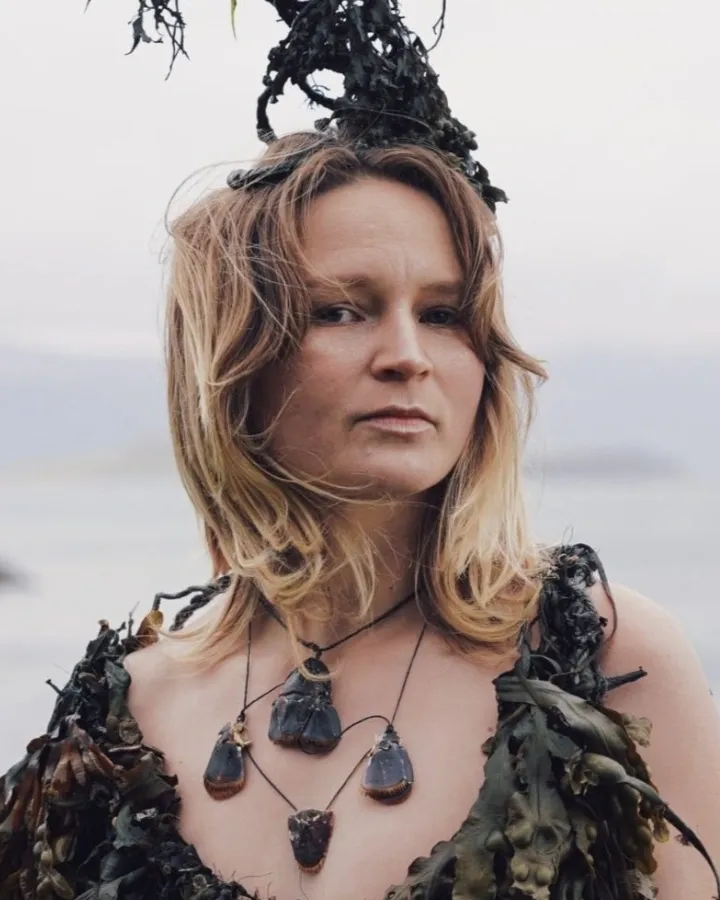Pigment maker Lucy Mayes shows how colour is made from natural materials like clay, copper, and mining waste.
Earth, the soil, sand of mycelium. The land beneath our feet. Earth, a rotating cosmic sphere blanketed by countless briny seas. Earth, the rocks ripple and regolith. Earth, the dust, marble and desert. Earth, the stuff of our bones. Earth. Our home.
For the Earth module of Wild Imagination, we learn to create using the earth beneath our feet with pigment maker, Lucy Mayes.
Lucy Mayes is a pigment maker and fine artist trained at the Ruskin School of Art and the Royal College of Art. She has turned her deep curiosity about paint into a powerful practice rooted in craftsmanship, ecology, and history.
“I’ve always been curious about how things work,” Lucy shares, seated among piles of iron oxide clays in her studio. That curiosity led her to deconstruct and understand the anatomy of paint in order to recreate its core elements from scratch. The result? A career that bridges fine art and geochemical storytelling.
At the heart of Lucy’s practice is the ancient craft of pigment making: the art of turning raw materials into the colours we see on canvas. Under the mentorship of pigment expert Keith Edwards and through work at L. Cornelissen & Son (a historic pigment retailer in London), Lucy now teaches these techniques, supplies pigments through both retailers and her own website, and collaborates on bespoke commissions that reveal forgotten narratives through colour.
Lucy’s pigments are often born of place and story, mined from waste streams, taken from historical archives, and harvested from local soil. A recent project for the Royal Cornwall Museum, for example, transformed discarded mineral specimens into a permanent pigment display that illustrates the link between natural resources and synthetic colours like ultramarine, malachite, and verdigris.
“The materials in your paintbox might come from somewhere with a very specific ecological and historical footprint,” Lucy explains. “But often, we’re disconnected from that story.” Her work brings that story back to the surface, challenging the binary between natural and synthetic and celebrating the role of impurities and locality in creating colour nuance.
Lucy’s fascination extends to the chemistry of colour as well. Grapes, vinegar, or plant acids can transform copper into a luminous green-blue pigment; kaolin, a by-product of lithium mining, forms the base for synthetic ultramarine. Each pigment holds a layered narrative of geology, chemistry, and cultural heritage.
As a board member of Pigments Revealed International and a successful campaigner to have pigment making listed as an endangered craft in the UK, Lucy is also a passionate advocate for preserving this ancient knowledge. Through workshops, grants, and public engagement, she invites others to reimagine what creativity looks like when it’s rooted in the land beneath our feet.
If you're curious about how colour is made—not just chosen but crafted—or if you want to understand how pigment making can transform your own creative practice, listen to Lucy Mayes in the Wild Imagination course.
taught by Lucy Mayes

